Cluj-Napoca, Cluj, Kolozsvár, Klausenburg, Cj, Kvár—all names and nicknames to which this city from Transylvania, Romania answers. It’s the city of festivals, the country’s university city. It’s the city where the first professional Hungarian theatre company was founded in the eighteenth century, and the one that was covered in blood during the revolution in 1989.
Cluj is a diverse city—ethnically, denominationally, religiously, and culturally. It’s a historical peculiarity: over the years, Cluj has belonged to three different states (the Austro-Hungarian Monarchy, Hungary, and Romania) and been home to many different nationalities, ethnicities, and cultures (Hungarian, Romanian, German, and Jewish). Freedom of religion was established in the sixteenth century, and ever since then the city has been home to people from a wide range of denominations. On top of this, there is an abundance of schools and universities operating here—the first dating back to 1872, which is widely regarded as the reason Cluj became the region’s most important city. The universities attract more than a hundred thousand students, many coming from abroad. Tourists often visit, and if you sit down at one of the cozy terraces in Cluj, you will find yourself between crowds of people speaking all kinds of languages.
Today, Cluj is the most vibrant city in the country, with many people saying it is the uncrowned capital, out-winning Bucharest.

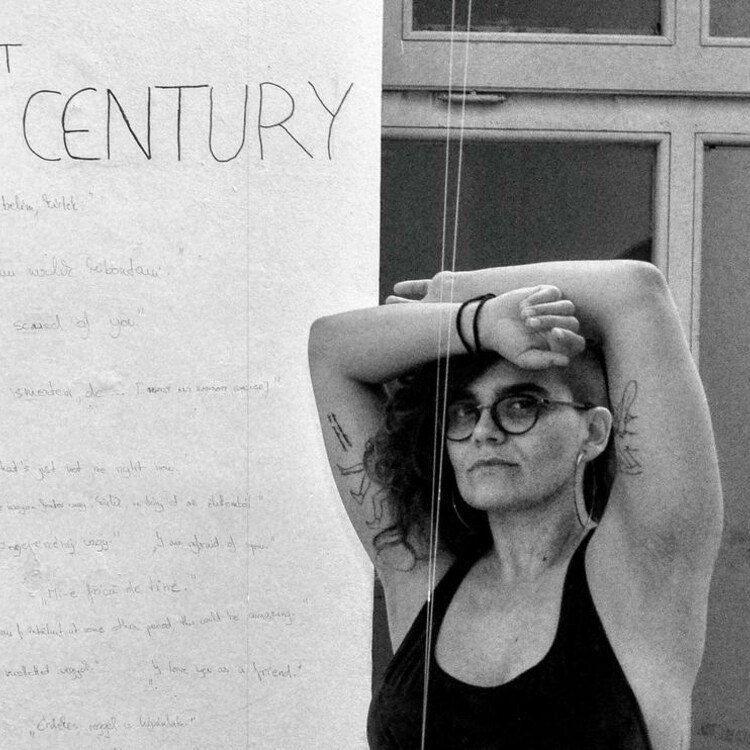
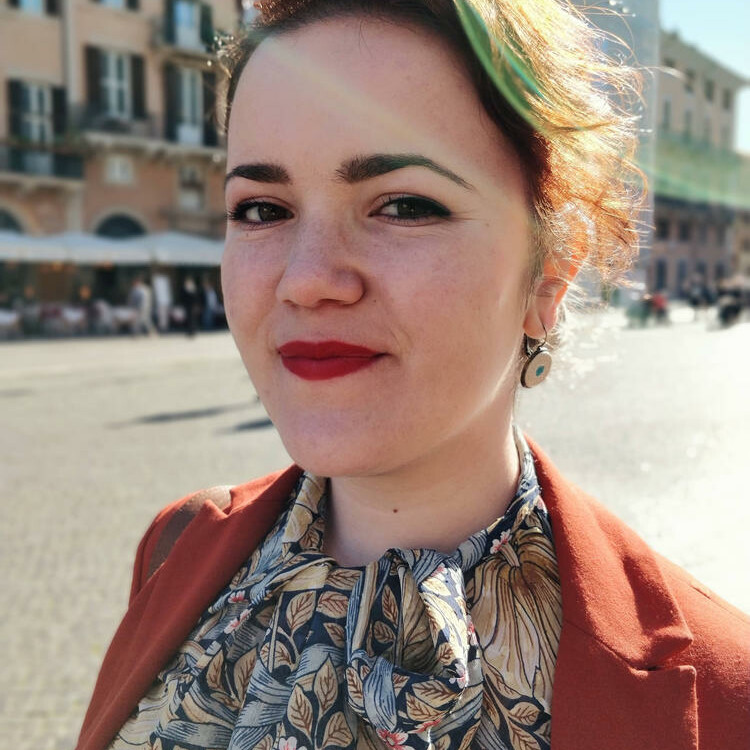
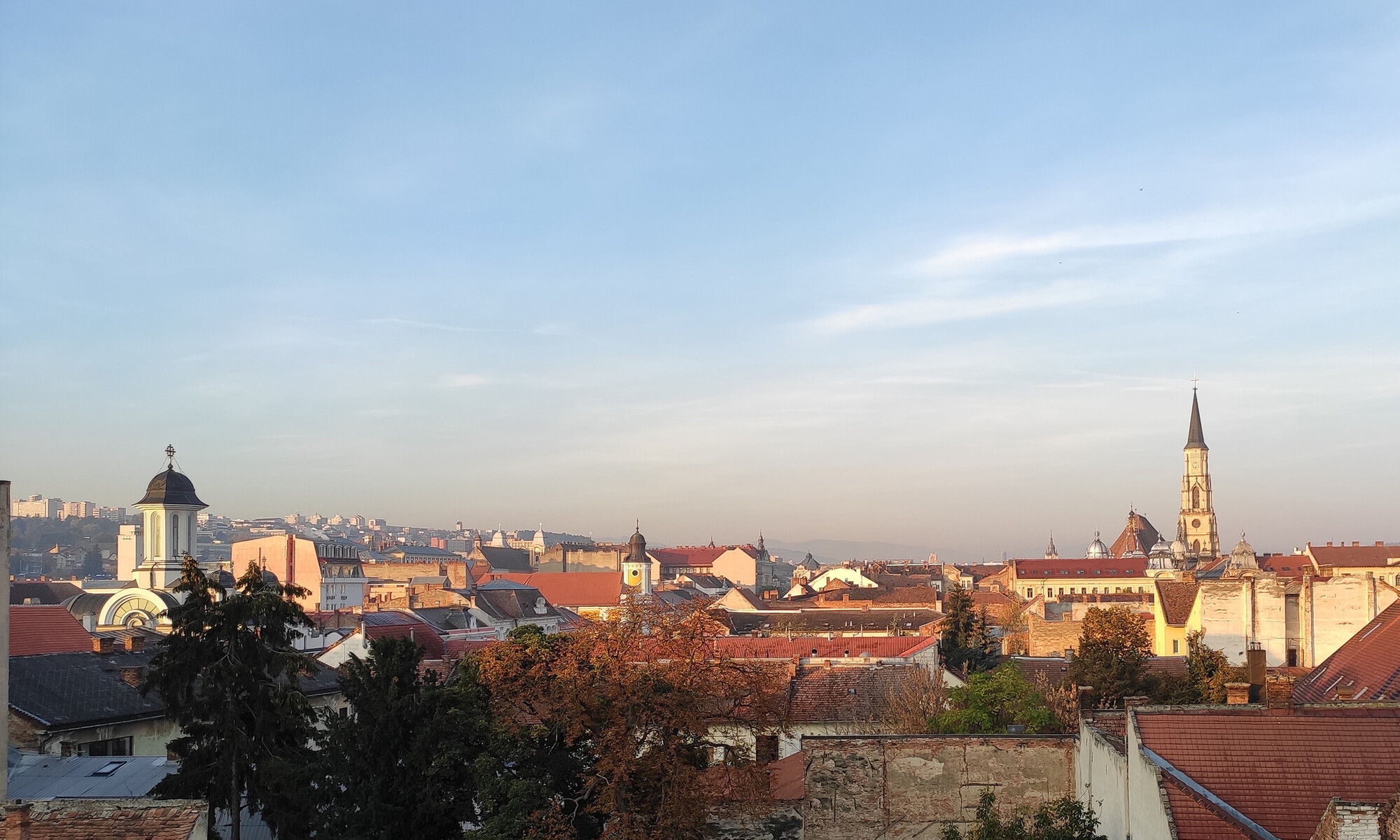


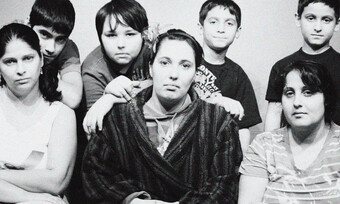

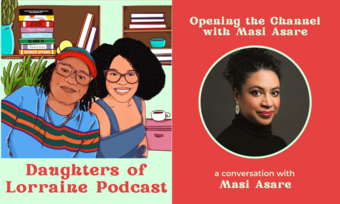



Comments
The article is just the start of the conversation—we want to know what you think about this subject, too! HowlRound is a space for knowledge-sharing, and we welcome spirited, thoughtful, and on-topic dialogue. Find our full comments policy here